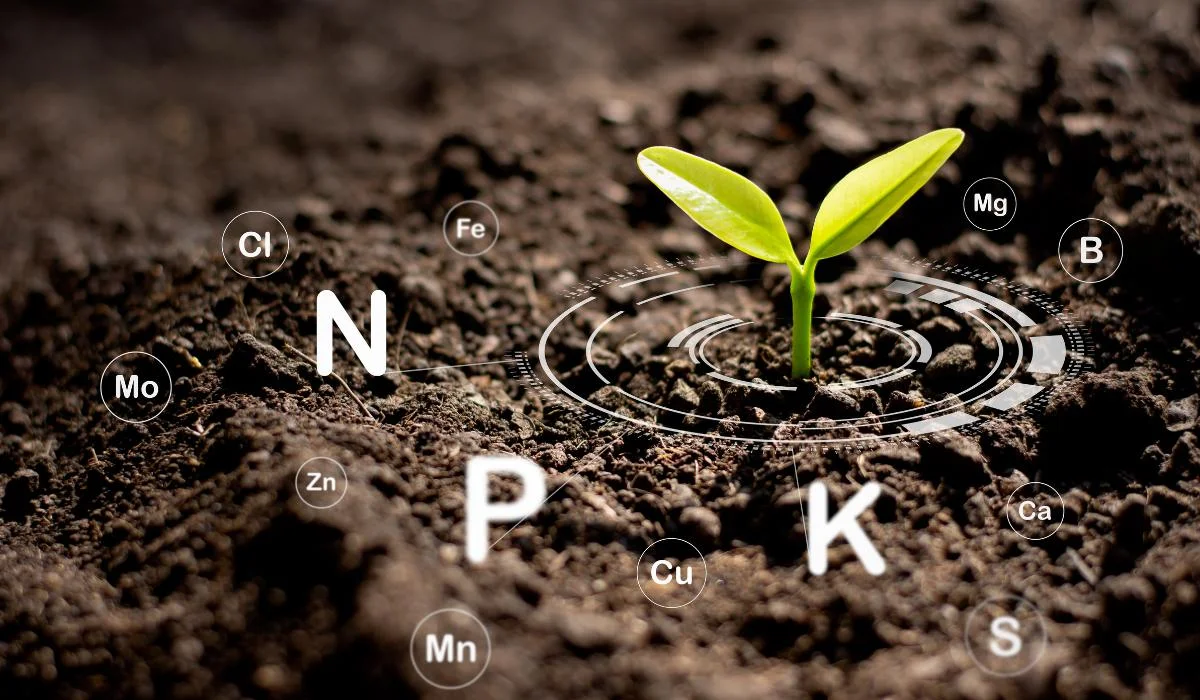In the world of plant nutrition, macronutrients are the major players, essential for robust growth, development, and overall plant health. These nutrients are needed in relatively large quantities, and they form the foundation upon which plants build their structures and energy reserves. In this 800-word blog post, we’ll explore the world of macronutrients, understanding what they are, why they matter, and how they influence the flourishing realm of agriculture. For more information regarding hydroponic plant one can visit our site https://hydroponicglobal.com.au/.
What Are Macronutrients?
Macronutrients are the primary nutrients that plants require in larger quantities for their growth and development. There are three primary macronutrients, each serving distinct roles in plant physiology:
1. Nitrogen (N): Nitrogen is often considered the most essential macronutrient for plant growth. It’s a key component of amino acids, proteins, and chlorophyll—the pigment responsible for photosynthesis. Nitrogen promotes leafy green growth, stem development, and overall plant vigor.
2. Phosphorus (P): Phosphorus is critical for energy transfer within plant cells, as it’s a component of adenosine triphosphate (ATP), a molecule that stores and releases energy. Phosphorus also plays a vital role in root development, flowering, and fruiting.
3. Potassium (K): Potassium regulates water uptake and loss in plant cells, which is crucial for maintaining turgor pressure and overall plant structure. It’s involved in photosynthesis, enzyme activation, and disease resistance.
Why Are Macronutrients Important?
Macronutrients are essential for several reasons:
1. Growth and Development: They provide the basic building blocks for plant structures, including leaves, stems, roots, and reproductive organs. Nitrogen, for example, is a key component of proteins, which are essential for cell division and overall growth.
2. Energy Production: Macronutrients are involved in energy transfer and storage within plant cells. Phosphorus, as part of ATP, is central to energy transfer during photosynthesis and respiration.
3. Photosynthesis: Chlorophyll, which contains nitrogen, is critical for photosynthesis—the process through which plants convert sunlight into energy and produce their own food. Without nitrogen, photosynthesis cannot occur efficiently.
4. Water Regulation: Potassium helps regulate water uptake and loss in plant cells, maintaining turgor pressure. This is essential for plant structure and overall health.
5. Disease Resistance: Macronutrients contribute to a plant’s ability to resist diseases and pests. Potassium, for instance, plays a role in strengthening cell walls and enhancing a plant’s resistance to pathogens.
Macronutrient Deficiencies and Excesses
Imbalances in macronutrient availability can lead to visible symptoms in plants. Recognizing these symptoms is crucial for diagnosing nutrient issues and taking corrective action:
1. Nitrogen Deficiency: Symptoms include overall stunted growth, pale green or yellow leaves, and poor fruit or flower development.
2. Phosphorus Deficiency: Plants may display stunted growth, dark green leaves, and purplish discoloration on stems and leaves.
3. Potassium Deficiency: Symptoms include yellowing leaf margins and interveinal chlorosis, along with poor fruit development and reduced disease resistance.
4. Macronutrient Excesses: Excess nitrogen can lead to overly lush, soft growth, making plants more susceptible to pests and diseases. Excess phosphorus or potassium can interfere with the uptake of other nutrients and result in imbalances.
Maintaining Proper Macronutrient Levels
To ensure that plants receive the right balance of macronutrients:
1. Soil Testing: Regular soil testing can help assess macronutrient levels and guide nutrient management practices.
2. Fertilizer Selection: Choose fertilizers with the appropriate balance of macronutrients for your specific plants. Different formulations are available for different growth stages.
3. pH Management: Soil pH can affect nutrient availability. Adjust soil pH if necessary to optimize nutrient uptake.
4. Application Rates: Follow recommended application rates for fertilizers to avoid nutrient imbalances.
Conclusion
Macronutrients are the cornerstones of plant growth and vitality. Ensuring that plants receive the right balance of nitrogen, phosphorus, and potassium is essential for their development, overall health, and ability to thrive in various environmental conditions. In agriculture and horticulture, the thoughtful management of macronutrients is a fundamental aspect of fostering healthy, productive crops and vibrant, flourishing gardens.

